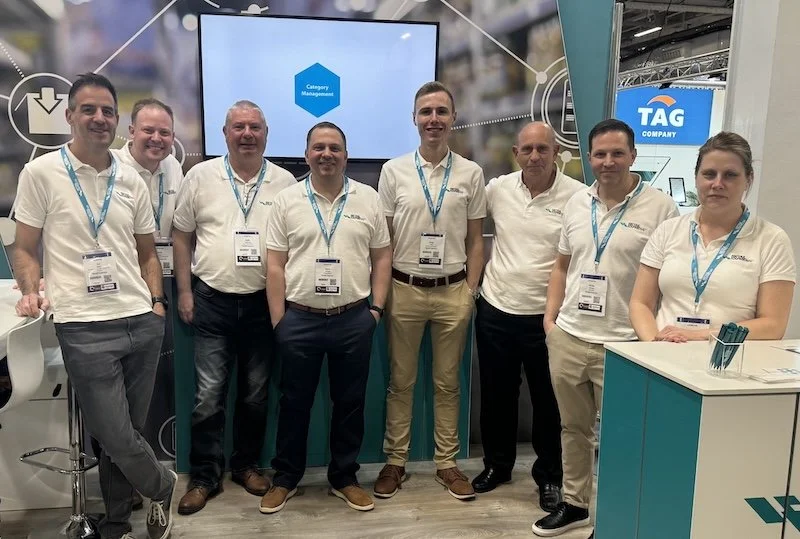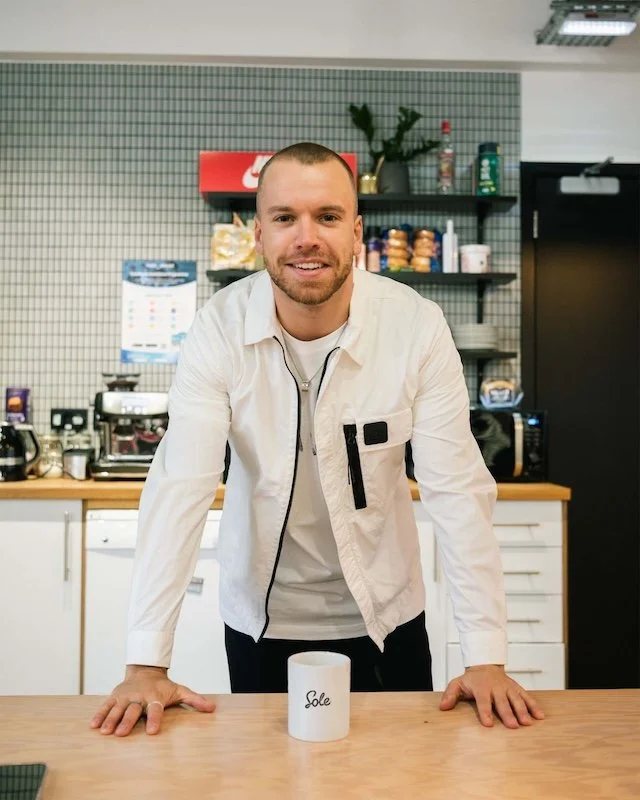The Delivery Conference 2025 review: here's how to apply AI and go deeper than just experimentation
“Think about applications, not AI technology itself,” advised Daniel Hulme, founder and CEO of Satalia, an AI provider that counts Tesco among its customers, at The Delivery Conference (TDC) 2025 in London this week.
“Concentrate on what problem it is you’re trying to solve? Then work backwards,” said Hulme at the Royal Lancaster Hotel, London, on 11th February in a TDC 2025 conference session moderated by Nick Ciubotariu, CTO at logistics firm, Auctane, who is himself a former Microsoft employee and well known AI expert.
Artificial intelligence isn’t a new technology. It has just been democratised by the rise of generative applications like ChatGPT or more recently Deep Seek from China. It has come into its own recently as well because the era of ‘big data’, emanating from social media streams, digitised business practices and from better mining of larger internal structured data lakes, means that AI can now crunch vast streams of data that it never had access to before. Cheaper computing processing power in the cloud has also helped.
“I like a definition of AI from the 1980s,” said Hulme, which states that it powers “goal directed adapted behaviours. This can be applied to maximise warehouse efficiency, deliveries, or any number of other applications.”
“Ten years ago, AI was about machine learning (ML) algos or robotic process automation (RBA) applications, now it’s Gen AI driven,” said Hulme, so it’s not just about automation anymore.”
However, algorithms developed long ago can now come into better fruition in this era of Big Data, with easier, cheaper access to AI tools. This means retail supply chains can be optimised as never before.
“A decade ago, we worked with Tesco on ‘last mile’ delivery problems they were facing,” explained Hulme, when sharing an example with the TDC 2025 audience of retail professionals gathered in London. That solution would be even better now.
“Tesco had 3,000 routes back then that they wanted to offer delivery time slots to for consumers. Practically speaking, this meant building an algo that could operate in milliseconds and within a second tell customers when Tesco could deliver, updating the available time slots left, and so on. You also need the functionality to be able to recalculate if a van breaks down.”
Nowadays, you could dynamically optimise the route for the driver and add in who the driver is and if they are likely to have a cup of tea, thereby improving your firm’s net promoter score (NPS) vis-à-vis customer satisfaction. Weather predictions and potential impacts on deliveries could also be worked out and so on.
Endless potential
The possible applications of AI are now endless. But Hulme did warn that “it needs to be safe”, alluding to the need for proper preparation, governance and oversight structures, while candidly admitting that the technology also does need to make mistakes to learn. “That might be OK in limited logistical rollouts. But a customer service application is more risky.”
“You need differentiated data and differentiated talent,” advised Hulme, in order to succeed in the next phase of AI usage, as well as very good leadership. That might mean recognising you need to go to an external provider, such as Satalia, if you don’t have a sufficiently talented tech team yourself.
“You’ve got people experimenting at the moment or building AI agents that will only need to be replaced later on,” he said. “In my opinion, you’d be better off getting your data and organisational structures right first.”
As ever, it is how you align the people and any associated training; the process; and the technology that really matters in achieving a successful rollout – it is never just about the technology itself.
Another Satalia client, UK sofa firm DFS, already had a good data layer, lake, and processes. “This helped to remove friction from their delivery chain when we worked with them,” said Hulme. “They’ve gone from a 32% market share up to 40% now and even have their own delivery arm [that others can access -Ed.].”
AI can also help in customer segmenting, targeting and marketing campaigns of course. “AI ML applications can tell you if you’ve enough stock and delivery capability to meet a predicted spike in demand,” added Hulme. A corporate treasury finance unit could also use the predictive power of the technology to improve a firm’s cash flow forecasting capability, thereby sweating its cash to improve liquidity.
Future of AI
In the future, AI will become much better at reasoning and using inferred knowledge, as it steadily learns and perhaps works towards the moment of singularly. This is when and if it can ape a human being’s full reasoning power.
“It won’t be purely reliant on synthetic data anymore at that stage,” said Hulme, adding latterly that this might lessen the huge data and energy-consuming demands of AI at the moment. This is especially possible if Gen AI large language models (LLMs) become more conscious robots.
At present, Gen AI applications like Deep Seek, which relies on open source technology - in this case on the model shared openly by America’s Microsoft associated Open AI firm - are in learning mode. “It is a bit like an intoxicated graduate right now,” said Hulme, referring to the giddying potential of newly qualified university students. “Whereas what you want is a professor in your pocket, with more reasoning power and autonomy. Eventually AI applications will talk to other AI apps and AI agents …but you need to train it [i.e. those graduates].”
“AI is not a panacea. You need to ask it better questions, provide it with the relevant materials in the form of the data that it needs, and train it well so that it safe.”
The impact on jobs of AI was also debated in the conference session at TDC 2025 in London, with Hulme arguing that it could free people up to do other things and needn’t be harmful in this regard. However, that may require a societal debate about if the machine should be taxed to provide a universal basic income for everyone as standard, which they can then use to pursue a career if they’re highly qualified, charitable work or whatever appeals to them.
That debate is beyond the scope of a trade show - and indeed this report - but the discussions are undoubtedly happening at government level around the world.































Continue reading…